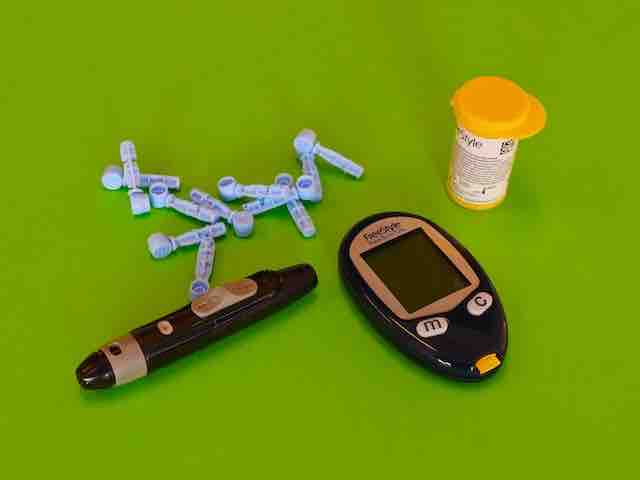In recent years, researchers have uncovered a worrying connection between prediabetes and dementia. This article seeks to illuminate the significance of this relationship, particularly focusing on younger adults with prediabetes and their increased risk of cognitive decline as they age.
Understanding Prediabetes
Prediabetes, as the term implies, is a condition that often precedes type 2 diabetes. This condition occurs when blood sugar levels are higher than normal but not yet high enough to be diagnosed as diabetes. It’s alarming to note that many people with prediabetes are unaware of their condition, primarily because it often presents without noticeable symptoms.
Prediabetes and Dementia: The Unexpected Link
Dementia is a term that describes a group of symptoms related to memory decline, language, problem-solving and other cognitive skills severe enough to interfere with daily life activities. Alzheimer’s disease is the most common cause of dementia among older adults.
Recent research shows that people with prediabetes—particularly those diagnosed at a younger age—have a higher risk of developing dementia. The association appears to be due to the harmful effects of prolonged elevated blood sugar levels on the brain, potentially causing damage over time that can lead to dementia.
Higher Risk in Youth
The link between prediabetes and dementia seems to be particularly strong for younger individuals. One might assume that older adults, who typically have a higher risk of both conditions, would be most affected. However, studies have found that younger adults with prediabetes may have an even greater risk of cognitive decline later in life.
This heightened risk may be due to the extended period of potential damage from elevated blood sugar levels. The younger a person is when they develop prediabetes, the longer their body is subjected to these potentially harmful conditions.
Reducing the Risk
Given these findings, it’s more crucial than ever for individuals—particularly younger ones—to understand their risks and take proactive steps towards prevention and health management. Lifestyle changes can make a significant difference.
Here are a few key ways to reduce the risk of prediabetes:
Healthy eating: A balanced diet rich in fruits, vegetables, lean protein, and whole grains can help regulate blood sugar levels and maintain a healthy weight.
Regular exercise: Physical activity helps lower blood sugar levels and boosts overall health. Aim for at least 30 minutes of moderate-intensity exercise most days of the week.
Regular check-ups: Regular medical check-ups can catch prediabetes and other health issues early, increasing the chances of successful treatment and management.
In conclusion, while the association between prediabetes in younger individuals and the risk of dementia is a cause for concern, the power to reduce this risk is in our hands. By prioritizing healthy living and regular check-ups, we can combat the silent progression of prediabetes and contribute to a future of better brain health.












